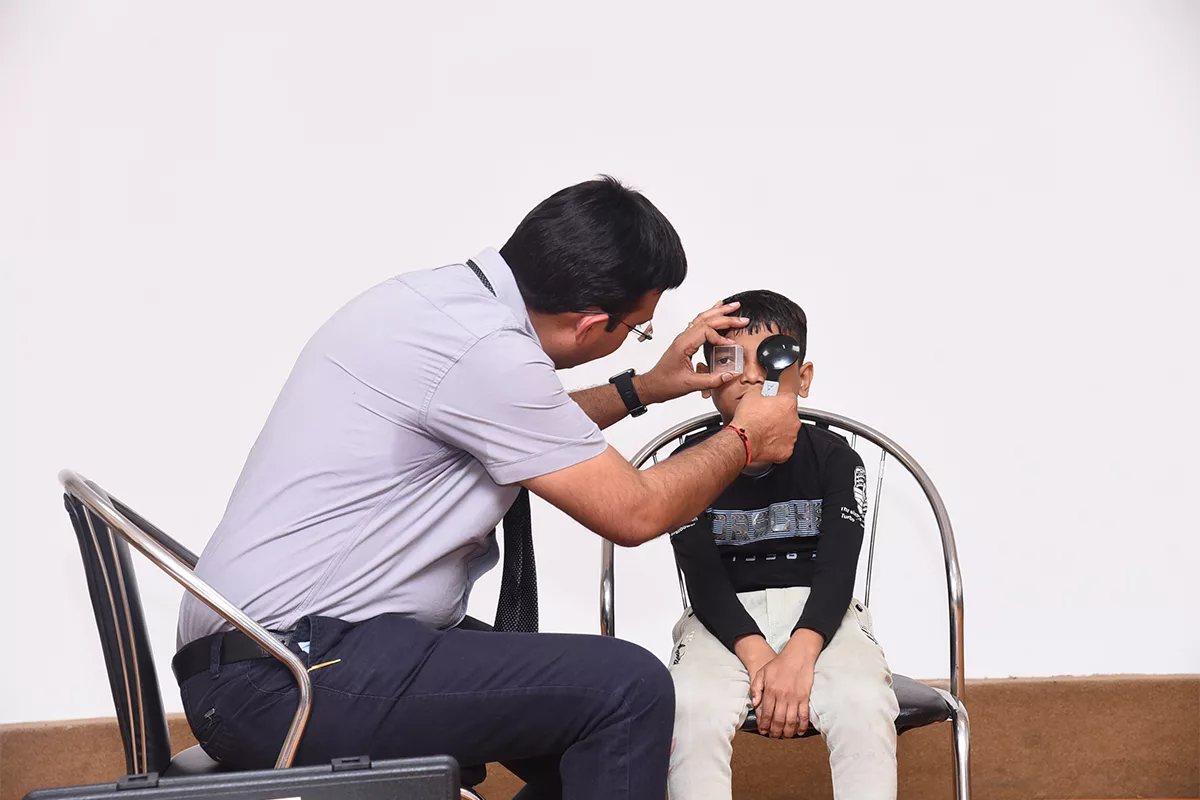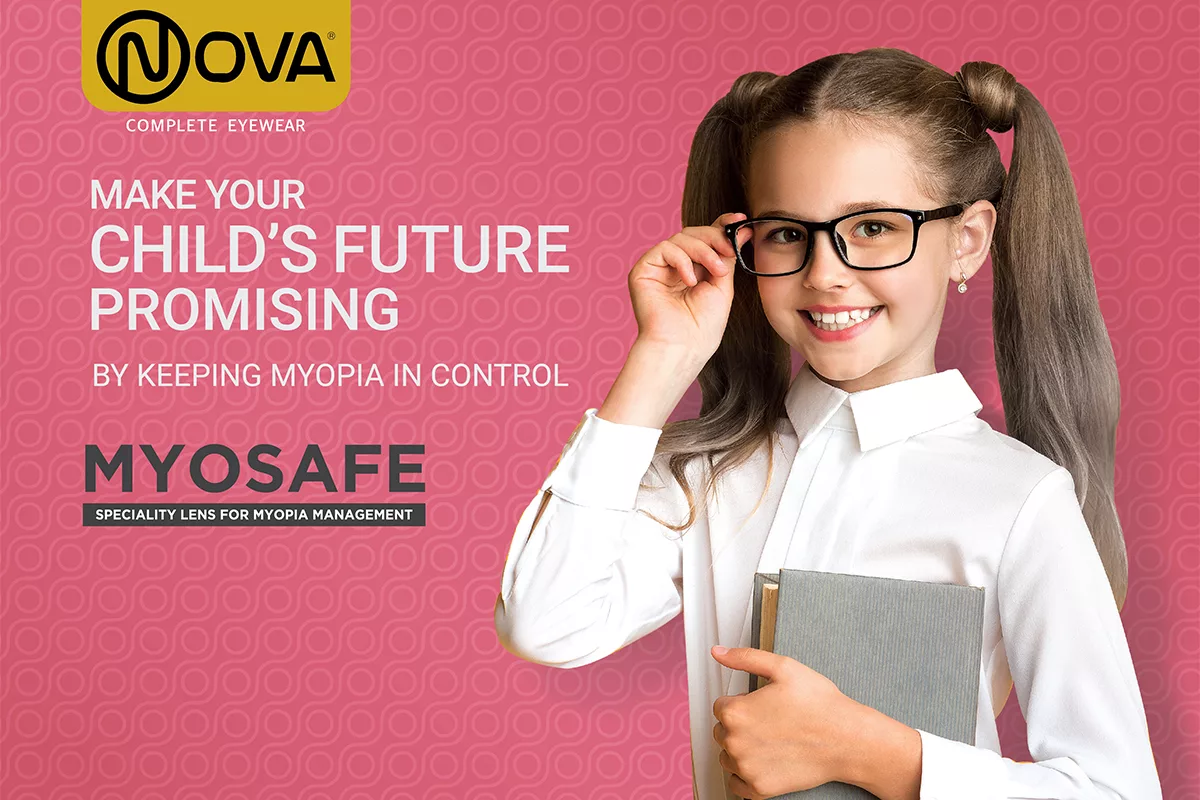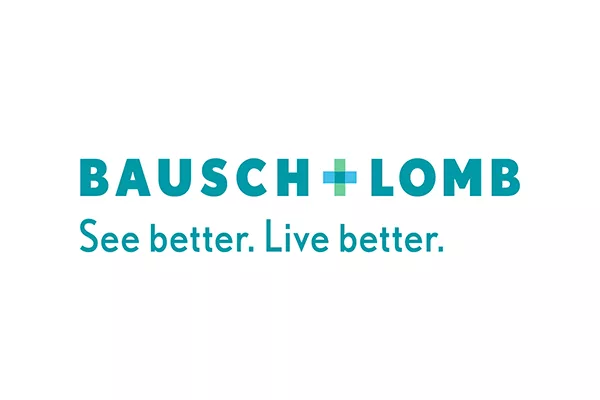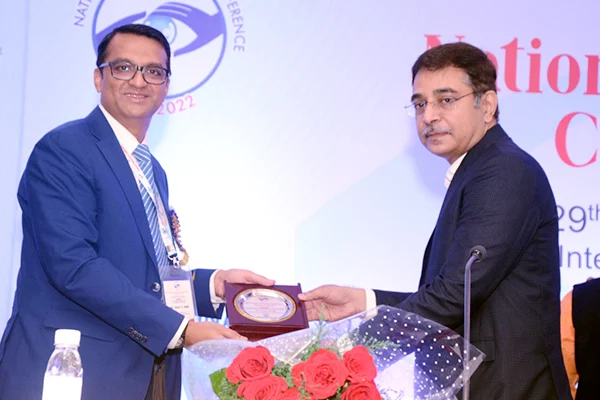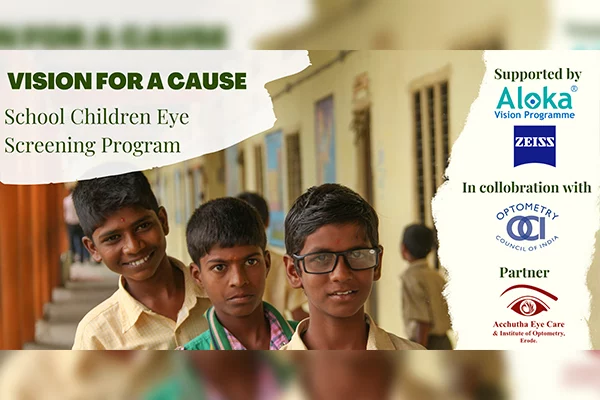Dr Jagadesh C. Reddy, Cornea, Anterior Segment and Refractive Surgery Services, L V Prasad Eye Institute, Hyderabad authors on ‘Refractive Surgery’ – a method for correcting or improving vision through surgical procedures or by using implants
Good vision is achieved when the light travelling through the eye is focused on the retina. This focusing depends on the shape of cornea, lens and the overall length of the eye. When the light is focused in front of the retina it is called myopia or short-sightedness (minus power in glasses), whereas when the light is focused behind the retina it is called as hypermetropia or far-sightedness (plus power in glasses) leading to decrease in vision. Myopia and hypermetropia can be corrected by focusing the light on the retina by reshaping the cornea using lasers or by implantation of artificial lens in the eye.
Laser vision correction (LVC) involves removal of part of cornea using laser causing flattening of central cornea in myopia and steepening in hypermetropia thus leading to elimination of glasses or contact lenses. It is usually performed in patients who are 18 years or older, have a stable eye power (+/- 0.5 D change) for at least 1 year. LVC can be performed in patients who are suitable and have refractive error (power of the eye) of less than -10.0 D or +4.0D. It is not safe to perform LVC in patients who have other eye diseases keratoconus, corneal dystrophies, dry eye, previous viral infection of cornea, glaucoma (increase pressure in the eye), any retinal disease and skin lesions like keloid formation. It is relatively contraindicated in patients using medicines like amiodarone (used for heart disease), isoretinoin (used for pimples) and sumatriptan (used for migraine).
 Pre-operative evaluation involves taking history, complete eye examination, checking the power of the eye (refraction) and very important tests like corneal topography (shape and thickness of the cornea) aiding us in deciding the type of procedure. Patients using contact lenses should ideally discontinue them for at least 2 weeks before evaluation for LVC. There are three types of LVC that are currently practiced. Photorefractive keratectomy or PRK is a procedure, which is performed on the surface of the cornea with and without removing the epithelium (top layer of cornea). It is usually preferred technique in patients who have thin cornea, predisposed to injuries (martial arts, military personnel and contact sports), flat cornea (<41 D) or steep corneas (>48 D), mild irregular cornea and mild dry eye.
Pre-operative evaluation involves taking history, complete eye examination, checking the power of the eye (refraction) and very important tests like corneal topography (shape and thickness of the cornea) aiding us in deciding the type of procedure. Patients using contact lenses should ideally discontinue them for at least 2 weeks before evaluation for LVC. There are three types of LVC that are currently practiced. Photorefractive keratectomy or PRK is a procedure, which is performed on the surface of the cornea with and without removing the epithelium (top layer of cornea). It is usually preferred technique in patients who have thin cornea, predisposed to injuries (martial arts, military personnel and contact sports), flat cornea (<41 D) or steep corneas (>48 D), mild irregular cornea and mild dry eye.
 Postoperatively there may be minimal discomfort because of the contact lens that is placed during the procedure that is removed after 3-4 days. Though the patients may have 90-95% of vision immediately after surgery, it may take 1-3 weeks for complete visual recovery. In a recent study (Moorfields Biomedical Research Centre,London) it has been shown that safety and efficacy of this procedure was good over a very long follow-up of 20 years. Laser-assisted in situ keratomileusis, popularly known, as LASIK is another procedure wherein a flap is created in the anterior 1/3rd of cornea followed by laser ablation of the underlying stroma and later the flap is placed back to restore the normal corneal architecture. Based on how we prepare the flap, LASIK is of two types. In one scenario flap is created using a mickrokeratome which has a blade (microkeratome or blade LASIK) and in the second scenario the flap is created using a femtosecond laser (femtosecond or bladeless LASIK). The use of femtosecond laser has increased the safety of LASIK significantly where in the flap related complications have reduced to a bare minimum. Two important late complications after LASIK include ectasia (forward bowing of cornea) which can be prevented by proper evaluation before surgery and epithelial ingrowth (migration of surface epithelial cells under the flap). LASIK gives a faster visual recovery and is a relatively less painful technique than PRK. There is no significant difference between the contemporary forms of these techniques for any of the efficacy or safety outcomes beyond the two to four-week time point.
Postoperatively there may be minimal discomfort because of the contact lens that is placed during the procedure that is removed after 3-4 days. Though the patients may have 90-95% of vision immediately after surgery, it may take 1-3 weeks for complete visual recovery. In a recent study (Moorfields Biomedical Research Centre,London) it has been shown that safety and efficacy of this procedure was good over a very long follow-up of 20 years. Laser-assisted in situ keratomileusis, popularly known, as LASIK is another procedure wherein a flap is created in the anterior 1/3rd of cornea followed by laser ablation of the underlying stroma and later the flap is placed back to restore the normal corneal architecture. Based on how we prepare the flap, LASIK is of two types. In one scenario flap is created using a mickrokeratome which has a blade (microkeratome or blade LASIK) and in the second scenario the flap is created using a femtosecond laser (femtosecond or bladeless LASIK). The use of femtosecond laser has increased the safety of LASIK significantly where in the flap related complications have reduced to a bare minimum. Two important late complications after LASIK include ectasia (forward bowing of cornea) which can be prevented by proper evaluation before surgery and epithelial ingrowth (migration of surface epithelial cells under the flap). LASIK gives a faster visual recovery and is a relatively less painful technique than PRK. There is no significant difference between the contemporary forms of these techniques for any of the efficacy or safety outcomes beyond the two to four-week time point.
Small-incision lenticule extraction (SMILE), the most recent development in femtosecond laser–based techniques, represents a less invasive alternative to LASIK for the correction of myopia. In this procedure laser makes a lentuicule in the cornea based on amount of refractive error. This lenticule is removed using 2-3 mm opening. There is no flap in this procedure. The efficacy, safety, and predictability have essentially paralleled those of LASIK with additional benefit of minimal induction of higher order aberrations, better mechanical strength of cornea, less dry eye related issues and improved contrast sensitivity and quality of vision.
The non-laser method of correcting high refractive error is by implantation of phakic intraocular lenses (IOLs). These lenses can be placed either in the anterior chamber
of the eye in front of the iris or in the posterior chamber of the eye between the iris and
the natural lens. The posterior chamber lenses are the most commonly used with established safety and efficacy. Recent studies show that phakic IOLs are safer than excimer laser
surgical correction for moderate to high myopia in the range of -6.0 to -20.0 D. Patients
in view of better contrast sensitivity prefer Phakic
better contrast sensitivity prefer Phakic
IOLs compared to excimer laser. However there is a low
risk of developing early cataract and increase in intra ocular pressure with phakic IOLs.
In the last decade there has been a significant improvement in technology in the modification of surgical procedures to improve the safety and efficacy of refractive surgery. Recent studies also show improved success with all the laser and non-laser procedures to correct both shortsightedness and farsightedness. Complete Pre-operative eye evaluation plays a very important role in accessing the suitability for refractive surgery and to improve the safety and success of these procedures.





